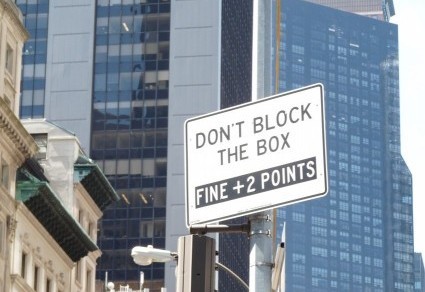Every once in a while a word or phrase snags my mind and pulls my attention away from more important things, like oncoming traffic or melting polar ice caps. This message on a sign in front of a medical pavilion caught my eye and took me away, however briefly, from my worries about the serious illness treated there:

I’ll forgo all the jokes about why “patient” is the appropriate term for someone who waits, patiently or not, to see a doctor. The medical personnel I’ve recently gotten to know have a lot of patients — all of which require a lot of patience. Calmly and competently the doctors, nurses, and staff answer questions, soothe fears, and minister to every ailment, taking as much time as the patient, not the doctor, needs.
So I’ll skip the first word on the sign and focus on the rest of it, which at first offended me. It made me think of a loading dock, where things — inanimate objects, not people — are hoisted onto or off of trucks. How demeaning, I thought. But sick people, to an extent, do take on some characteristics of objects. They’re moved around, often without understanding where or why, because their bodies require attention. The normal dignity of adulthood rightly takes a backseat during illness. Still, “loading and unloading” seems harsh. No one wants to be viewed as cargo.
But what are the alternatives? My first thought was “pick up and drop off.” That wording is not as bad as “loading and unloading,” but it’s far from perfect. “Pick up and drop off” shows up on laundromats and dry cleaners, UPS stores, and so forth. The phrase still conjures up things, just smaller items like packages instead of larger loaded or unloaded crates. (True, kids are picked up or dropped off, but that fact underscores the loss of independence that adult patients experience.)
Nor do longer phrases work for this sign, because drivers need to comprehend the meaning immediately. For this reason I discarded (dropped off? unloaded?) “Stop here only long enough for patients to get out of or into your car.” By the time a driver comes to the end of that sentence, fifteen cars are lined up behind, horns blaring. Less common phrases have the same problem. Do you want a driver who’s decoding “disembark” or “alight” instead of flicking the signal lever and easing over to the curb?
Nothing I’ve come up with really works, so I’ll have to live with “loading and unloading.” I’m open to suggestions, though. Write when you have time. I can wait. I’m patient.
Like this:
Like Loading...








